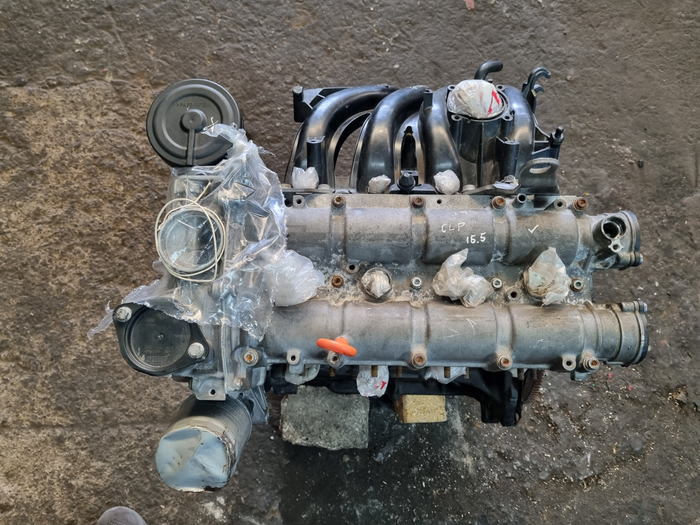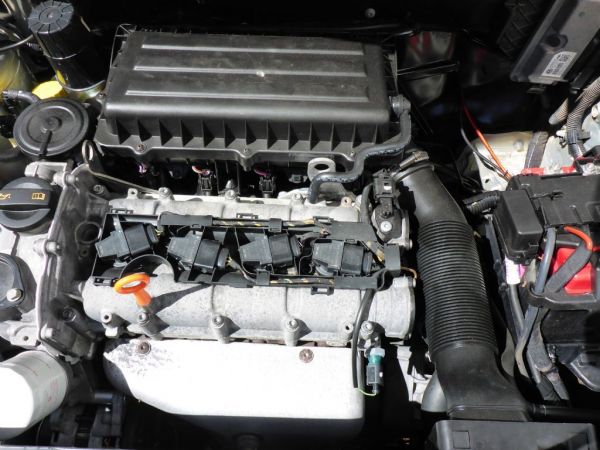Reduce maintenance costs with a well-built clp engine.
Reduce maintenance costs with a well-built clp engine.
Blog Article
Just How a Clp Engine Can Improve Performance in Different Industries
The advent of CLP engines notes a significant change in functional effectiveness across various markets, driven by their capability to maximize gas consumption and lessen downtime. Industries such as manufacturing and logistics stand to get considerably from their durable design and regular power output, which guarantee to streamline operations and boost productivity. As organizations significantly prioritize sustainability together with performance, the role of CLP engines ends up being much more critical. What stays to be seen is exactly how these advancements will form the future landscape of commercial operations and their effect on wider financial trends (clp engine).
Overview of CLP Engines
CLP engines, or Continuous Fluid Propellant engines, represent a significant development in propulsion technology, specifically for room applications. These engines make use of a constant feed system that enables the sustained expulsion of propellant, bring about improved efficiency and efficiency contrasted to conventional strong or hybrid propulsion systems. By preserving a continuous flow of fluid propellant, CLP engines can achieve more exact thrust control, which is crucial for steering spacecraft in different goal situations.
The design of CLP engines integrates advanced materials and ingenious gas management systems. clp engine. This causes minimized weight and enhanced integrity, necessary elements for long-duration room objectives. The continuous procedure minimizes the danger of burning instability, an usual challenge in standard rocket engines.

Advantages in Production
The manufacturing of Continuous Liquid Propellant (CLP) engines presents numerous remarkable benefits that improve both effectiveness and cost-effectiveness. One of the main benefits is the structured manufacturing procedure, which decreases the complexity connected with typical propulsion systems. By making use of liquid propellant, producers can achieve better accuracy in engine performance, leading to maximized power output and reduced waste.
In addition, CLP engines facilitate a greater level of modularity, enabling easier assimilation right into various production lines. This versatility can substantially lower lead times and enhance total operational adaptability. Using CLP technology additionally has a tendency to minimize the demand for substantial upkeep as a result of fewer relocating parts, which converts into reduced downtime and functional prices.

Applications in Logistics
Leveraging Continual Fluid Propellant (CLP) engines in logistics supplies substantial benefits in functional efficiency and reliability. These engines give a durable option for different transport demands, making it possible for the seamless activity of goods across vast distances. The inherent layout of CLP engines permits for regular power result, which equates into smoother and a lot more foreseeable transportation schedules.
One of the vital applications of CLP engines in logistics remains in durable freight transport, where they can drive both ground and airborne automobiles. Their capability to maintain high efficiency under varying load problems makes certain that shipment timelines are met, thereby boosting consumer contentment. Furthermore, CLP engines can be incorporated into automated logistics systems, assisting in real-time tracking site and maximizing path planning.
In addition, the resilience of CLP engines lowers upkeep downtime, allowing logistics firms to optimize their functional capabilities. This is especially advantageous in warehousing procedures, where effectiveness in handling and delivering goods is critical. As logistics proceeds to advance, the combination of CLP engines stands for a forward-thinking technique that not just enhances efficiency but additionally supports the sector's growing demands for integrity and rate.
Influence On Power Efficiency
Exactly How do Continuous Liquid Propellant (CLP) engines boost energy effectiveness in transport? CLP great site engines utilize a regular flow of fluid gas, optimizing combustion procedures and maintaining a steady drive result. This design reduces power losses connected with typical combustion engines, where fuel shipment can differ and bring about ineffectiveness.
The continual procedure of CLP engines enables a much more reliable thermal cycle, resulting in higher details impulse contrasted to conventional engines. clp engine. This translates to minimized gas intake for the very same amount of work done, substantially lowering operational expenses throughout numerous transport fields, including aviation and maritime industries
Furthermore, the capability of CLP engines to preserve ideal performance under varying load conditions reduces the need for frequent acceleration and deceleration, further enhancing fuel efficiency. Improved energy effectiveness not only contributes to cost financial savings yet additionally brings about decrease greenhouse gas exhausts, straightening with worldwide sustainability objectives.
Future Trends and Innovations
Emerging improvements in Continuous Liquid Propellant (CLP) engine innovation pledge to reinvent the landscape of transportation efficiency and sustainability. As industries pivot towards greener alternatives, CLP engines stand at the center, incorporating ingenious materials and design methodologies that boost efficiency while lessening environmental influence.
Among the most appealing patterns is the adoption of crossbreed systems that integrate CLP engines with renewable power resources. This synergy can maximize fuel consumption and lower emissions, aligning with worldwide sustainability goals. Developments in computational liquid characteristics (CFD) are assisting in the design of more aerodynamically efficient engines, leading to lowered drag and enhanced gas efficiency.
In addition, the advancement of clever tracking systems is established to improve functional efficiencies. These systems leverage information analytics and IoT technology to maximize engine performance in real-time, making sure that the engines run within their most efficient criteria.
As research continues to discover top article alternative propellant formulas-- such as biofuels and synthetic gas-- the future of CLP engines looks encouraging. By utilizing these advancements, industries can not only enhance their performance but likewise add dramatically to a cleaner, much more lasting future in transportation.
Conclusion
To conclude, CLP engines stand for a significant development in effectiveness throughout numerous industries. Their ability to enhance gas intake and reduce operational expenses, integrated with a constant feed system, improves power result and functional integrity. The assimilation of advanced materials and fewer relocating components lessens upkeep needs, while placement with sustainability objectives placements CLP engines as a pivotal technology for the future. Continued innovation in this field promises further improvements in efficiency and environmental efficiency.
Report this page